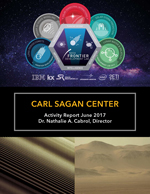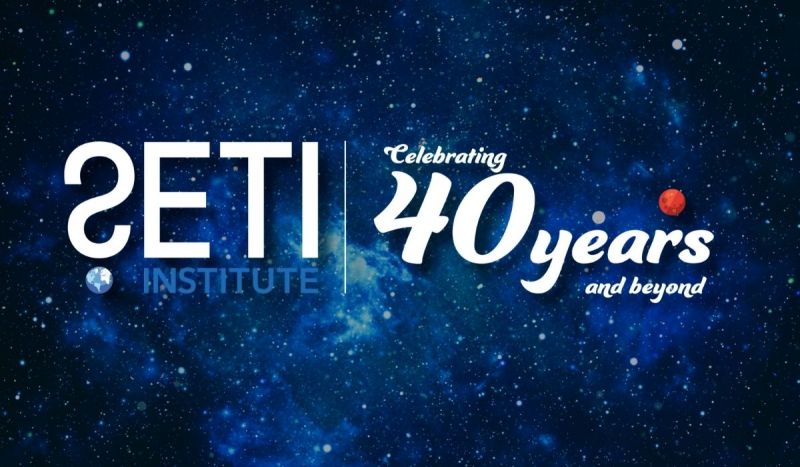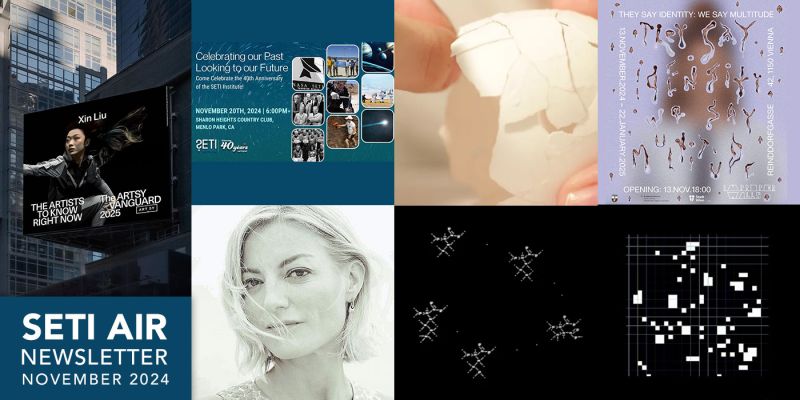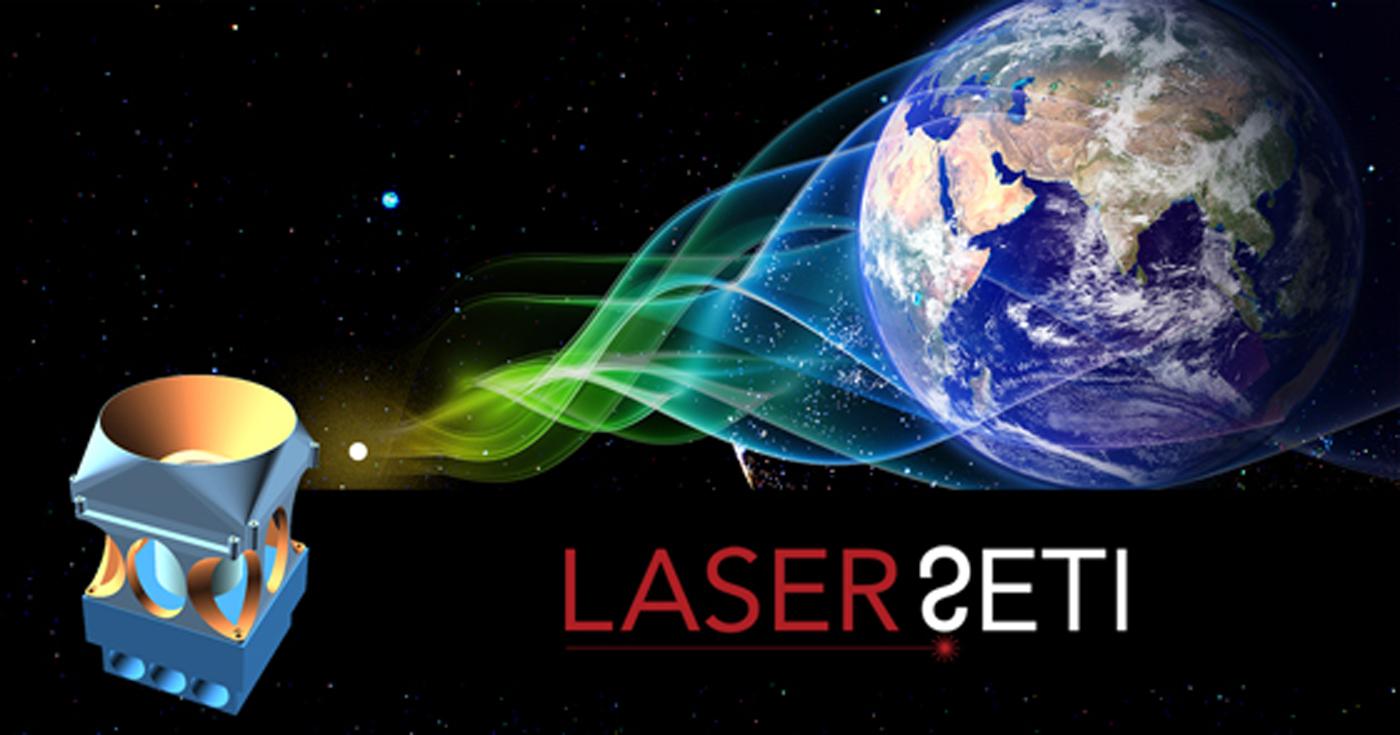
Laser SETI is the SETI Institute’s crowdfunding campaign to fund a project to place specialized cameras around the globe to look for laser flashes from deep space. It’s the first project to scan the whole sky all the time for signals from extraterrestrial intelligence. The fundraising goal is $100K to begin scaling up this project which has been in development for two years.
- LaserSETI.org: Laser SETI: First Ever All-Sky All-the-Time Search
- SETI.org: Why We Need a New Type of SETI Instrument
- Astronomy Magazine: Now is Your Chance to Fund a Groundbreaking SETI Project
- Metro: We Might Have Been Searching for Aliens All Wrong, SETI Project Says
- iTech Blog: SETI Project Wants to Hunt Laser-Wielding ETs
- Daily Mail: SETI Reveals Plan for First System to Continuously Scan the Skies for Messages from Alien Civilizations
- Newsline: Alien Hunters SETI Crowdfunding Campaign to ‘Watch All of the Sky All of the Time’
- Hoangtukhoc: SETI has a Plan to Hunt for Alien Life, but They Need Your Help
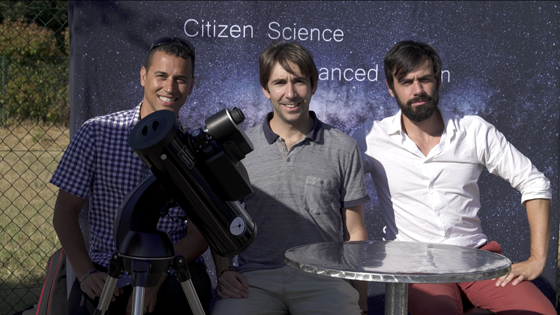 SETI Institute-Unistellar Partnership
SETI Institute-Unistellar PartnershipThe SETI Institute and French startup Unistellar announced a partnership to commercialize a new telescope. Unistellar is developing this new type of telescope that delivers a level of quality image not previously available to amateur astronomers, that can identify the object they are observing, and that enables them to participate in observing campaigns and share the data with researchers.
- SETI.org: SETI Institute-Unistellar Promises to Revolutionize Amateur Astronomy
- Hi Techs: Unistellar’s eVsope Will Offer Unparalleled View of the Cosmos to Amateur Astronomers
- New Atlas: Networked eVscope Would Crowdsource Amateur Astronomy
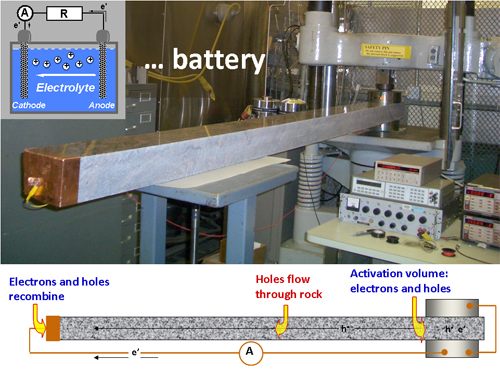 Satellites and Earthquakes
Satellites and EarthquakesFriedemann Freund is a Senior Research Scientist at the SETI Institute whose work has included trying to understand whether it’s possible to predict earthquakes through currents produced within the Earth’s crust by rocks under extreme stress. Further, Friedemann’s research has explored whether it could be possible to detect these currents from satellites in space.
- Newsmax: Ionosphere Could Be Definitive Earthquake Predictor
- SETI.org: Friedemann Freund – The Future of Forecasting Earthquakes
Frank Drake, Chairman Emeritus of the SETI Institute, is known as the “father of SETI science” and is the creator of the Drake Equation, a probabilistic formula he wrote in 1961 to stimulate dialogue about the search for extraterrestrial intelligence. Frank created the first modern SETI experiment in 1960 at the Greenbank Observatory in West Virginia and was the first President of the Board of the SETI Institute. Frank recently participated in a Reddit Ask Me Anything (AMA) to answer questions about his work.
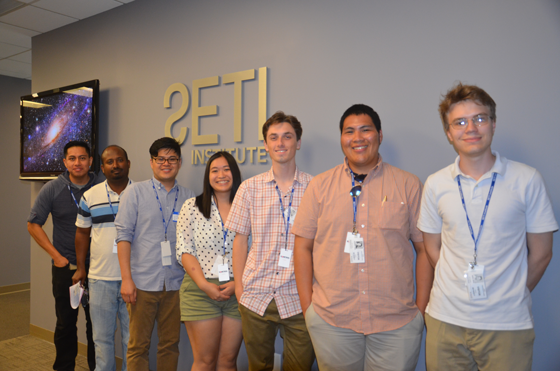 Research Experience for Undergraduates at the SETI Institute Continues
Research Experience for Undergraduates at the SETI Institute ContinuesThe Research Experience for Undergraduates (REU) program is in its 12th year at the SETI Institute. Funded by the National Science Foundation (NFS), the program pairs students with mentor scientists on projects that include astrobiology, microbiology, planetary geology, observational astronomy and more. One of the students, Jose Barrios, has been blogging about his experience. Jose’s mentor is SETI Institute Scientist Gerry Harp, who studies the data generated from the Allen Telescope Array (ATA).
- CAMPARE/Cal-Bridge Astroblog: Fun During Week 4 at the SETI Institute and in the Bay Area
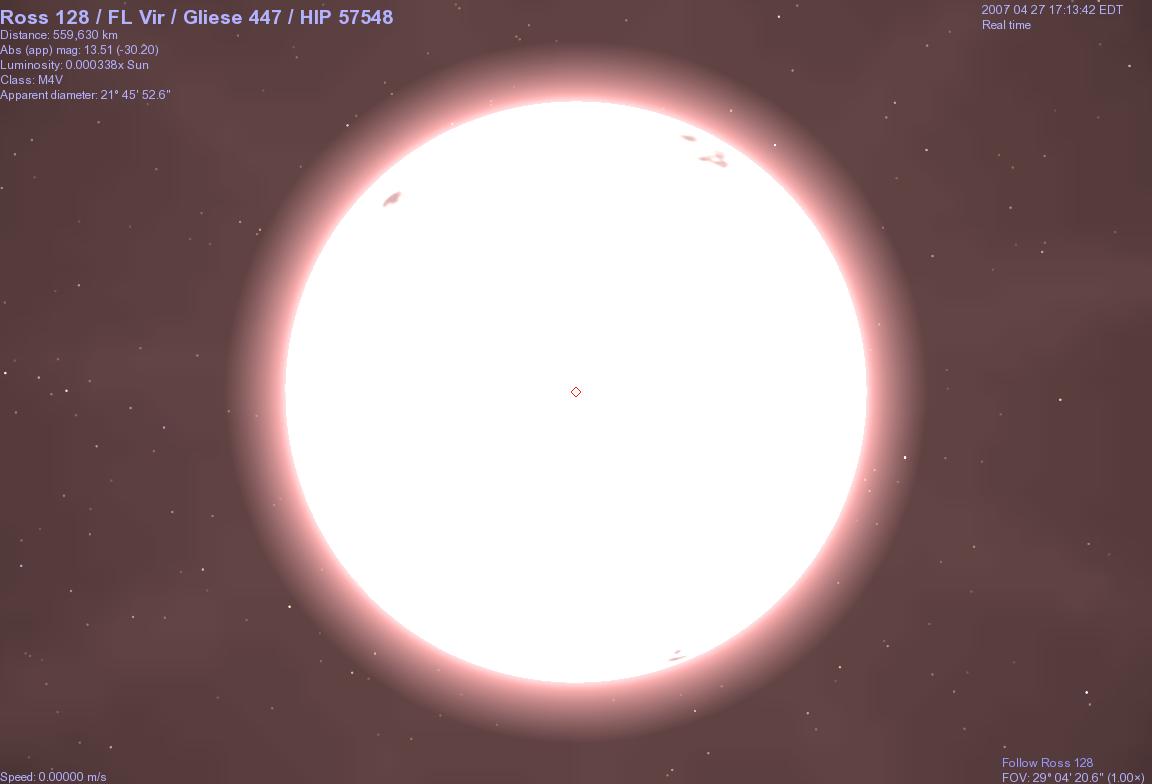 Ross 128 – Mystery Solved
Ross 128 – Mystery SolvedRoss 128 is a red dwarf star located in the constellation Virgo. In May, radio astronomers at the Arecibo telescope in Puerto Rico observed Ross 128 and when they analyzed the data, they detected what appeared to be repeating signal. The Allen Telescope Array (ATA) observed Ross 128 for 16 hours and detected no evidence for a signal originating from the star system. The Greenbank Telescope and Arecibo also conducted additional observations. The consensus appears to be that the original Arecibo detections were due to transmissions from Earth satellites in geosynchronous orbit.
- SETI.org: Signals from a Nearby Star System? (Update)
- Scientific American: Astronomers Detect Strange Signals from Red Dwarf Star
- Washington Post: Update: This Mysterious Space Signal is Definitely not from Aliens
- Newsweek: Ross 128: Scientists Solve Mystery of Radio Signals Coming from Nearby Star
- Business Insider: Astronomers Have Solved the Mystery of ‘Strange Signals’ that Appeared to Come from a Star 11 Light-Years Away
- C/Net: Weird Signals from Nearby Star Probably Weren’t There
- Deutsche Welle: Aliens Calling? Scientists Detect ‘Peculiar’ Signals from Nearby Star
- Deutsche Welle: If it’s not Aliens, What are those ‘Peculiar Signals’ from Red Dwarf Star 128?
- Space.com: Weird Radio Signals Detected from Nearby Red Dwarf Star
- Space.com: Not Aliens: Weird Radio Signal from Star Likely has Duller Explanation
- Tech Times: Astronomers Detect Mysterious Signals from Red Dwarf Star 11 Light-Years Away from Planet Earth
- Tech Times: Astronomers Solve the Mystery of Strange Signals from Red Dwarf Star Ross 128
- International Business Times: Do Aliens Exist? Ross 128 Signals Not a Message from Intelligent Life
- International Business Times: Talking to Aliens: How Scientists Respond to Extraterrestrial Messages
- Futurism: Strange Signals from a Nearby Red Dwarf Star Could be from Aliens – but Probably Not
- Universe Today: Strange Radio Signals Detected from a Nearby Star
- Planetary Habitability Laboratory: Nearby Dwarf Star Produces Strange Signals
- The Space Reporter: Strange Signals from Nearby Red Dwarf Star Ross 128
- The Christian Post: Alien News 2017: Astronomers Detect Radio Signals from Nearby Star
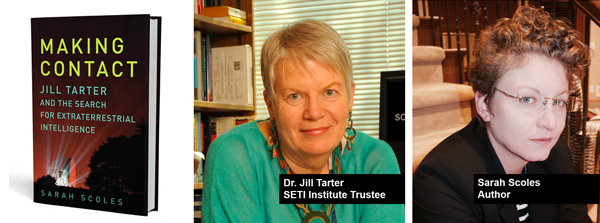 Making Contact: A Book About Jill Tarter’s Life and Work by Sarah Scoles
Making Contact: A Book About Jill Tarter’s Life and Work by Sarah ScolesMaking Contact is a new book by Sarah Scoles about the life and work of SETI pioneer, Jill Tarter. Jill is one of the founders of the SETI Institute and currently holds the Bernard M. Oliver Chair at the SETI Institute. One the biggest challenges faced by Jill, other SETI researchers and the SETI Institute has been in trying to get SETI research funded, a challenge that is ongoing.
- SETI.org: The Biography of SETI Pioneer Jill Tarter, Making Contact: Jill Tarter and the Search for Extraterrestrial Intelligence is Released
- Astronomy Magazine: Making Contact: Jill Tarter and the SETI Search
- KQED: Pioneering Astronomer Jill Tarter on ‘Making Contact’ with Alien Life
Seth Shostak, SETI Institute Senior Astronomer and host of the radio show and podcast Big Picture Science, writes about the slow pace of changes in the Universe and new ways of observing phenomena in the skies. “The slow-motion gait of the heavens led our ancestors to assume that the universe was unchanging, an idea that was probably bolstered by the fact that the night sky is silent. We instinctively sense that if there’s no noise, there’s no action. But it’s all an illusion, of course.”
- Sky's Up: Looks Can be Deceiving
In last week’s Facebook Live, SETI Institute President and CEO Bill Diamond talked to Senior Astronomer Seth Shostak and SETI Institute Scientist Eliot Gillum about optical SETI and their plans to observe all sky all the time with Laser SETI.
All SETI Institute Facebook Live videos can be found on our Facebook page.
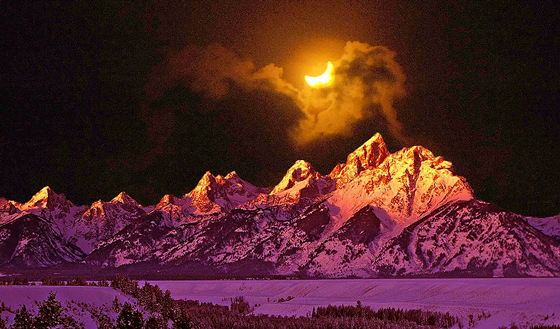
Last week, Eclipsing All Other Shows discussed the upcoming solar eclipse which will take place on August 21. This week, What Goes Around explores recycling and more.
- Starship Congress 2017, , August 7-9, Monterey, CA. A conference that explores pathways to allow human exploration of the galaxy. Franck Marchis will give a presentation.
- California Academy of Sciences Astronomy Lectures, July 25, San Francisco, CA Free events that feature accessible astronomy presentations. Franck Marchis will discuss the Laser SETI project and the upcoming solar eclipse.
- StarTalk Radio, September 16-17, Seth Shostak will guest host this Neil deGrasse Tyson radio program that explores science, pop culture and comedy.
The Carl Sagan Center Activity Report for June 2017 is out and can be downloaded here. Here are some highlights:
- Dale Andersen co-authored a paper that has been accepted for publication in the Journal of Microbiological Methods, ‘Comparison of two bioinformatics tools used to characterize the microbial diversity and predictive functional attributes of microbial mats from Lake Obersee, Antarctica’
- Susan Thompson was lead author of the catalog study for the Kepler survey mission
- SETI Institute scientists participated in conferences and events including the 4th Kepler/K2 Science Conference; the 3rd Planetary Data Workshop; Starmus Festival IV: Life and the Universe; and the AAS Division on Dynamical Astronomy Meeting
- Facebook Live events featured Kathryn Bywaters, Margaret Race, Susan Thompson, and Jeff Coughlin
- Lori Fenton curated the geoscience Twitter account @GeoSciTweeps for the week of June 26-July2
- Seth Shostak was interviewed by numerous print and broadcast news outlets including NBC News, KGO Radio San Francisco, Science Fantastic, and KQED
- Matt Tiscareno has been participating in the production of numerous documentaries about Cassini
- Jill Tarter, Jon Richards, and Gerry Harp to participants of the Machine Learning for SETI hackathon held June 10-11

